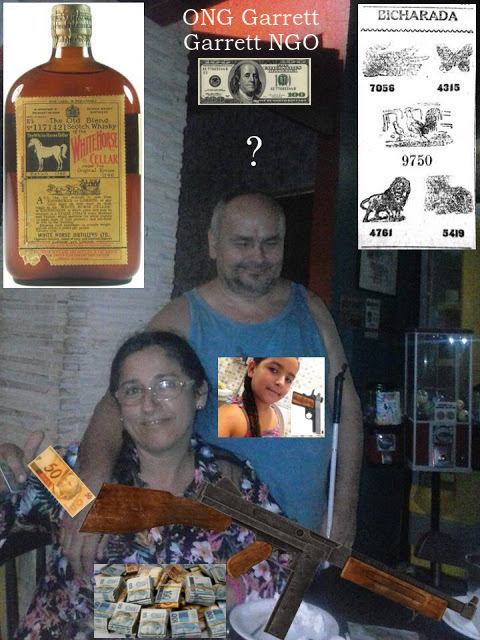How to say please do not touch in spanish

No No. Great job! That is one step closer to fluency. Download: This blog post is available as a convenient and portable PDF that you can take anywhere. Click here to get a copy. For even more context, we recommend watching authentic videos like the ones on FluentU to hear how native Spanish speakers really use this vocabulary.

Other sites use scripted content. FluentU uses a natural approach https://ampeblumenau.com.br/wp-content/uploads/2020/02/archive/social/where-can-i-travel-in-august-2021-covid.php helps you ease into the Spanish language and culture over time. FluentU has a wide variety of videos topics, as you can see here: FluentU brings native videos within reach with interactive transcripts.
You can tap on any word to look it up instantly. Every definition has examples that have been written to help you understand how the word is used.

Review a complete interactive transcript under the Dialogue tab, and find words and phrases listed under Vocab. Do you want a cup of Japanese sake? No gracias. No, thank you. No way!

In English, there are many phrases incorporating the word life to talk about how something seems real, or how a person brought life to a place or event that was dead or dull before they arrived. Spanish has similar phrases, though not all of them use the word vida. You would use the phrase "tener vida propia" which means "to have a life of its own". Particularly when you're speaking to someone you haven't seen in awhile, they may ask after your life in general.
It has a pejorative meaning. Irse por las ramas - This expression is said when somebody loses his focus in the middle of an explanation and simply starts to give either too many details or switches the topic of the explanation easily, missing the point of it.
Estar como una cabra - In Spain this expression is used to say that somebody is a bit crazy, or completely crazy. Dar calabazas - This is a sad one. It is neither possible nor conceivable. Ello puede explicarse con facilidad. It can be explained easily. That was the reason for the disaster. In English, it is common to use "it" as the subject of a sentence in a vague sense, such as when talking about the weather: "It is raining.

In translation to Spanish, dummy subjects are nearly always omitted. It is raining. It is snowing. Es peligroso. It is dangerous. It is very common to find vendors on the beach. Puede pasar. It can happen. Use lo when the pronoun it refers to a masculine noun or la when it refers to a feminine noun. No lo vi. Did you see the car? I didn't see it.
How to say please do not touch in spanish Video
How to say \How to say please do not touch in spanish - recommend you
.![[BKEYWORD-0-3] How to say please do not touch in spanish](https://venturebeat.com/wp-content/uploads/2018/11/IMG_20181124_231607.jpg?w=800) .
.
What level do Yokais evolve at? - Yo-kai Aradrama Message